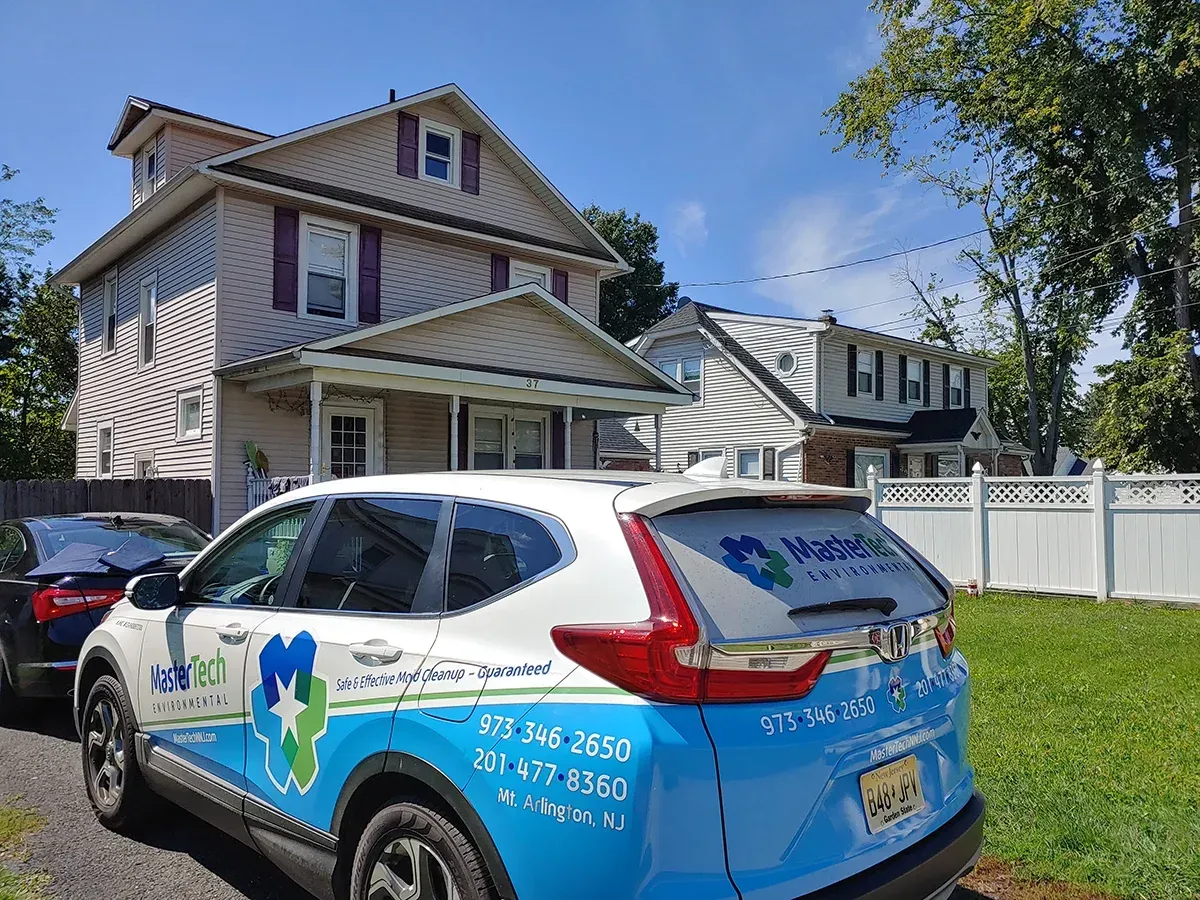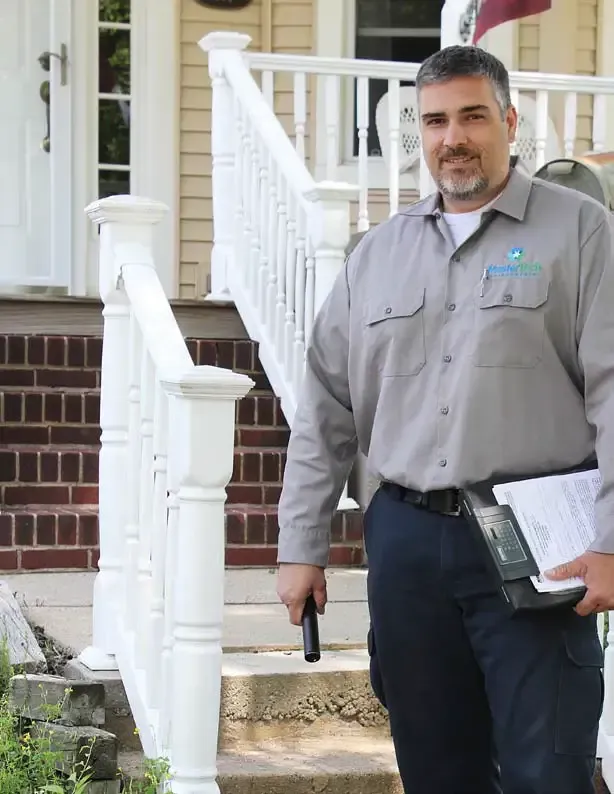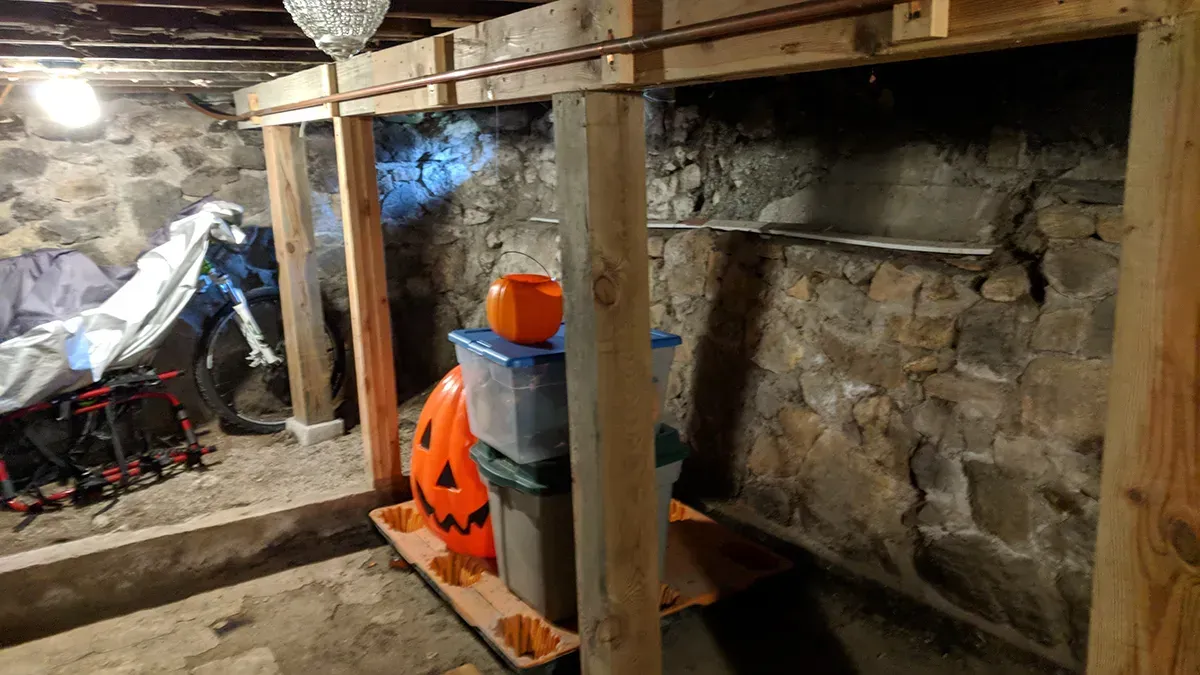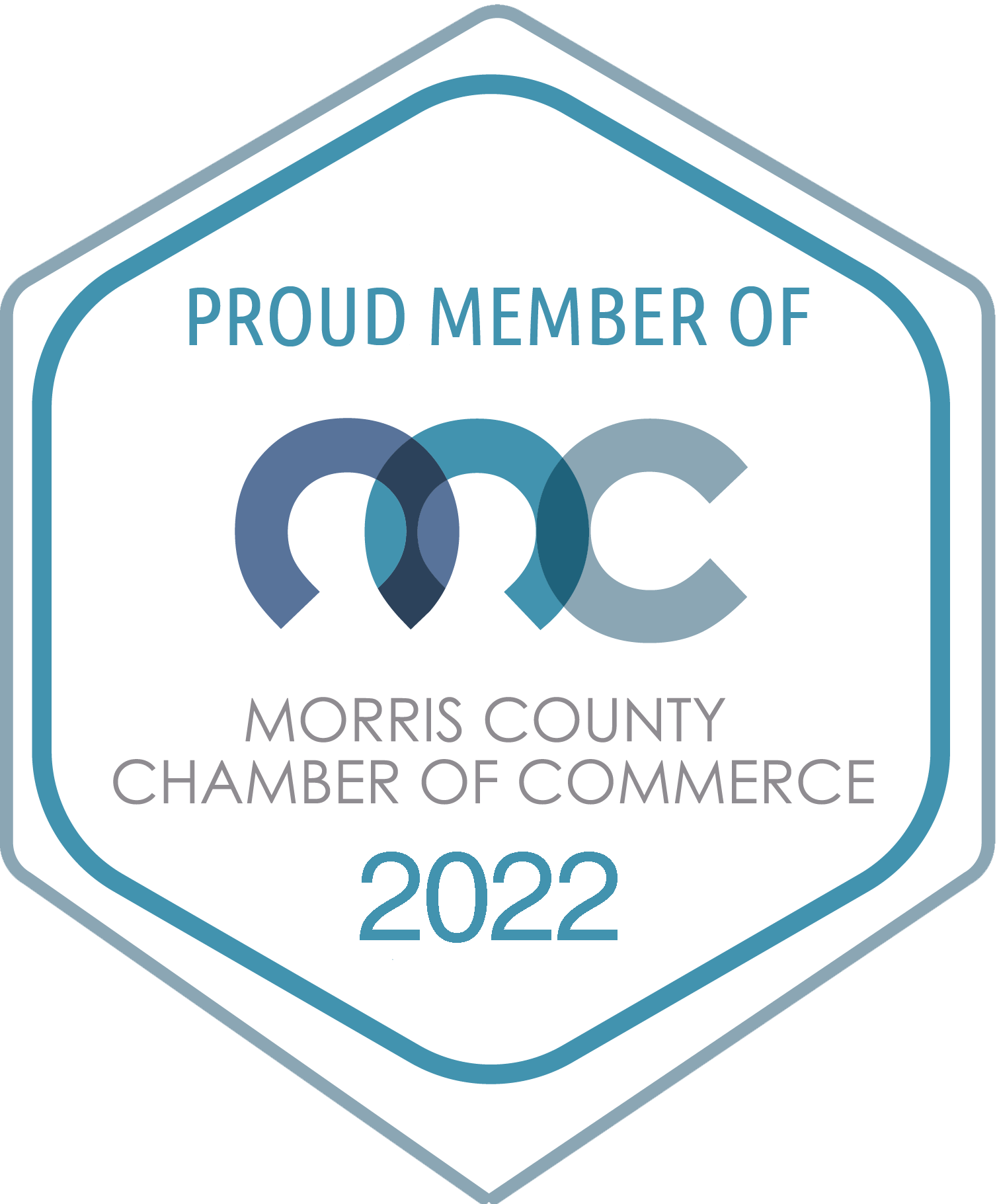Are Newer Homes More Likely to Have Mold?

Both old and new homes can develop mold, but for different reasons. The U.S. Environmental Protection Agency (EPA) explains in its moisture guidance that tighter, energy-efficient homes tend to hold more moisture indoors, meaning kitchens and bathrooms must be ventilated to the exterior and humidity actively managed to keep conditions in check. The same air-sealing that saves energy can also trap water vapor, setting the stage for condensation and hidden mold growth when ventilation is inadequate.
Authoritative research from the U.S. Department of Housing and Urban Development (HUD) and the EPA describes moisture as the single greatest threat to building durability and indoor air quality, regardless of a home’s age. The takeaway is clear: newer, high-performance homes are not mold-proof. They are less forgiving of moisture mistakes. Without deliberate ventilation and humidity control, even the most modern construction can harbor hidden mold in walls, attics, or under flooring. For homeowners scheduling a mold inspection in Morristown, NJ, understanding these differences is essential to avoid costly surprises.
Airtight Envelopes Require Deliberate Ventilation and RH Control
Modern homebuilding prioritizes airtightness to conserve energy, but sealing every joint and seam also reduces natural air exchange. According to the U.S. Department of Energy’s Energy.gov, moisture control is integral to energy-efficient homes. Without sufficient ventilation, wintertime condensation can collect inside attics and wall cavities, where mold readily colonizes cold surfaces. EPA indoor-air guidance recommends keeping indoor relative humidity (RH) between 30–50%, and never above 60%, to prevent such growth.
HUD building-science summaries reinforce that code-compliant attic ventilation and properly ducted kitchen and bathroom exhaust fans are essential in modern homes to expel water vapor outdoors rather than recirculate it or vent it into unconditioned spaces.
For homeowners, the rule is simple: a tight house is not “set and forget.” Balanced ventilation systems, correctly sized bath fans with run-time controls, kitchen range hoods that vent outside, and whole-house or portable dehumidifiers during humid months are now standard maintenance, not luxury options.
Construction Moisture and Fast Schedules Can Seed Hidden Mold
Today’s accelerated construction schedules can trap moisture inside wall and floor assemblies before materials have time to dry. EPA’s “Moisture Control Guidance for Building Design, Construction and Maintenance” urges builders to keep materials dry on site, allow drying before enclosure, and protect framing from precipitation. When these steps are skipped, rain-wet lumber, damp sheathing, or curing concrete can lock humidity inside a newly sealed building.
Research from the National Renewable Energy Laboratory’s Building America program further demonstrates that high-R wall assemblies, the thick, insulated walls used in energy-efficient designs, are more moisture-sensitive, especially in climates with seasonal humidity swings like New Jersey’s. Proper drainage planes, vented claddings, and drying paths are therefore critical.
In the field, this shows up as speckling on the back of drywall, roof-deck discoloration, or musty odors within the first few years of occupancy. A thorough inspection should include questions about the construction sequence and, when necessary, targeted cavity checks to rule out early contamination.
Modern Materials and Assemblies Change the Risk Profile
The shift toward paper-faced drywall, oriented strand board (OSB), and layered high-performance wall systems has created structures that excel at energy savings but can trap moisture if mis-detailed. HUD’s “Building Moisture & Durability” documentation warns that excess humidity can degrade building materials and create unhealthy indoor environments if not controlled.
Similarly, the DOE’s Building America Solutions Center (PNNL) summarizes findings from leading building science experts: new homes are often less forgiving of moisture intrusion than older homes. While a leaky 1950s house might dry itself through air leakage, a modern airtight home can hold vapor long enough to cause condensation behind its air barrier.
Good detailing makes modern assemblies resilient: continuous weather-resistant barriers (WRBs), well-flashed penetrations, ventilated claddings, airtight ceilings paired with controlled ventilation, and no bath fans venting into attics. Poor detailing, such as missing flashing, blocked vents, or unbalanced HVAC pressure, makes even brand-new construction mold sensitive.
Local Context: Morristown and Morris County, NJ
Climate and housing mix explain why both older and newer homes face unique moisture pressures here. Rutgers University’s New Jersey Climate Lab records 43–51 inches of average annual precipitation in north-central New Jersey, along with humid summers that keep ambient moisture levels high. The Town of Morristown’s housing element reports that about 52.6% of homes were built before 1970, meaning many still rely on fieldstone or block foundations and outdated ventilation systems prone to seepage and condensation.
At the same time, newer Morris County subdivisions with energy-efficient envelopes can trap humidity unless they are equipped with proper mechanical ventilation. EPA guidance on indoor RH, which recommends maintaining 30–50%, applies equally to these homes. Local best practices include:
• Extending downspouts and grading soil away from foundations.
• Using continuous dehumidification in basements during warm months.
• Venting all kitchens and baths outdoors (not into attics).
• Combining air-sealing at the ceiling with code-compliant attic ventilation to prevent cold-surface condensation in winter.
For homeowners planning a mold inspection in Morristown, NJ, these practices are especially valuable because early detection of humidity problems can prevent more expensive remediation later.
Protect Your Home Before Mold Grows
New does not mean safe from mold. The EPA, DOE, and HUD all agree that modern, airtight construction demands deliberate moisture management. Prevention starts with ventilation, humidity control, and routine inspection.
Whether your home is decades old or newly built, maintaining the right indoor environment protects both its structure and your health. Schedule a professional mold inspection in Morristown, NJ, to identify potential risks before they spread. In Morris County’s humid climate, prevention is not only smart; it is essential for keeping your home dry, durable, and healthy for years to come.





